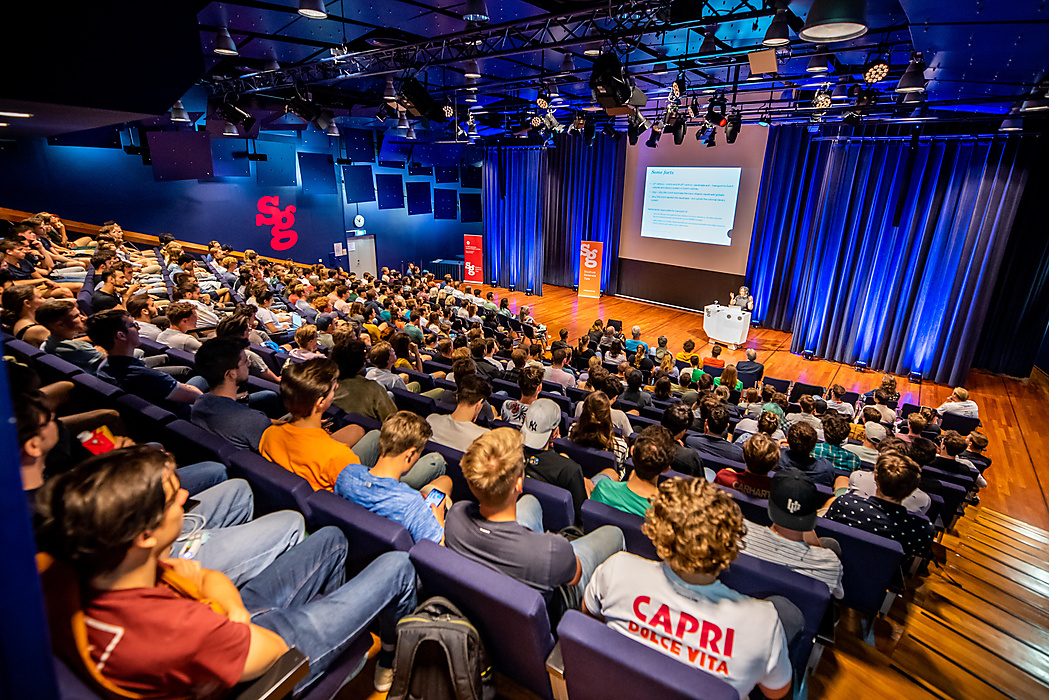Although the past decade has seen an increase in attention for the Dutch colonial past, our picture of the Dutch history of slavery is still far from complete.
How did slavery develop into a system of structural exploitation? What did life on the plantations look like and what types of resistance were there? As a new generation of researchers is putting forward new questions, historians are gaining more and more insight into the scope and impact of the Dutch colonial past. In the run-up to Keti Koti (the celebration of Suriname’s and the Dutch Antilles’ abolition of slavery), historian Nancy Jouwe shared insights about both the Atlantic and the lesser-known Indian slave trade.
Drs. Nancy Jouwe is a cultural historian and works as a freelance researcher. She teaches at the University of the Arts in Utrecht and the Council on International Educational Exchange. Previously, she fulfilled several management positions in the non-profit sector (philanthropy and arts). She (co-)published nine book titles and wrote several articles on postcolonial cultural and social movements and practices and the Dutch history of slavery. She is also the chair of BAK Basis voor Actuele Kunst, co-chair of Mama Cash and co-founded Dutch art-platform Framer Framed.
Photos taken by Maud Staassen Photography. View the full photo album HERE.



